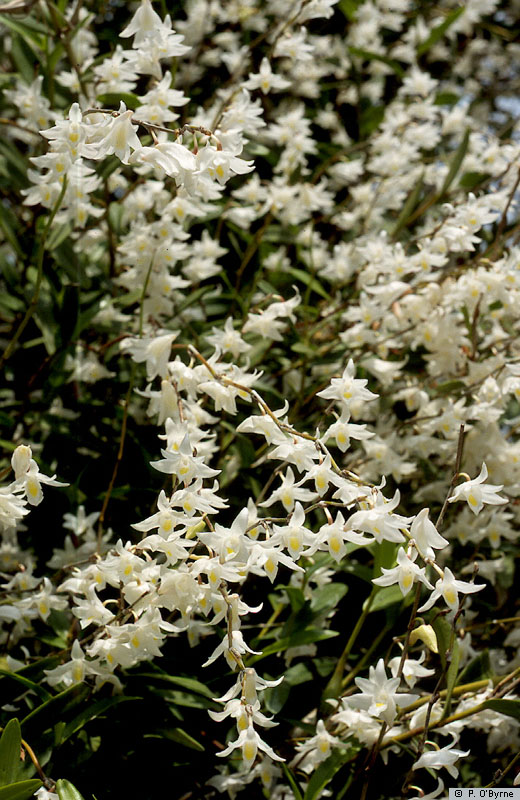 Workers culitivating coffee illegally in Bukit Barisan Selatan National Park photo by Kathleen Sullivan
Workers culitivating coffee illegally in Bukit Barisan Selatan National Park photo by Kathleen SullivanBukit Barisan Selatan National Park covers a total area of 3,568 km² (881,668.5 acres) on the southern tip of Sumatra, Indonesia stretching from Tanggamus and West Lampung regencies in Lampung to Kaur regency in Bengkulu. It started as a Wildlife Sancutary in 1935 becoming a National Park in 1982. The national park is part of the a UNESCO World Heritage Site, Tropical Rainforest Heritage of Sumatra. It represents a signifigant natural habitat for in situ conservation because of its large diversity of flora, fauna and ongoing ecological and biological processes. It is home to a variety of wildlife including 118 mammals, 425 birds, 45 amphibians and reptiles and 51 fish species. It also contains around 200 species of tree, 126 orchids, 15 species of bamboo, and 44 undergrowth species. The Sumatran tiger, elephant, rhinoceros, and striped rabbit are some of the unique and endangered animal species found in the park. Besides its abundance in flora and fauna, the park is also blessed with a number of fascinating natural beauty spots, including its four lakes, four waterfalls, seven natural caves and 23 river basin areas.
Coffee and lumber are two of the largest export products from Sumatra, Indonesia. The park has lost 20% of its forest to illegal coffee growing. The World Wildlife Fund has found that more than 450 km² of Bukit Barisan Selatan park land is being used for growing coffee, producing over 19,600 tons. The coffee is then mixed in with legally grown Sumatra coffee and sold to the world market. Indonesia is the 4th largest producer of coffee and the 2nd largest of robusta coffee. Robusta coffee is the coffee found in the major brands in your grocery store. Vietnam is 1st in both. Madagascar is also a major producer.
Over 50% of the island of Sumatra's forest has been cut down. In Bukit Barisan Selatan National Park the Lampung chapter of the Indonesian Forum for the Environment (Walhi) records that around 50 percent of the park area has been damaged, while the Lampung Forest Conservation Consortium (KKHL) claims 60 percent of the park area has been destroyed.
73% of the the lumber is illegally cut down. The illegal lumbering is the root cause for flooding and landslides hitting Sumatra and Indonesia as a whole. From illegal-logging.info: " In some provinces, notably Riau, police investigations have shown that logging companies have somehow managed to obtain licences from the local authorities to cut down trees in protected rainforests... The inability of the authorities to rein in the loggers has been variously ascribed to a shortage of forestry officials, collusion between police and logging companies, and corrupt judges."
Current predictions (2008) are 70% of the park will devoted to coffee growing, forested or settlements by the end of 2010. There are currently around 15,600 squatter homes in the area.
Elephants of the Flying Squad escorting a baby elephant out the park after being found alone. Its mother had been poached. The use of domestic elephants to lead a baby elephant out of the wild is less tramatizing to them then humans capturing the baby elephant.
Sumatra, Indonesia is the 6th largest island in the world, 1100 miles long, 270 miles wide at its widest point with 986 orchid species.




